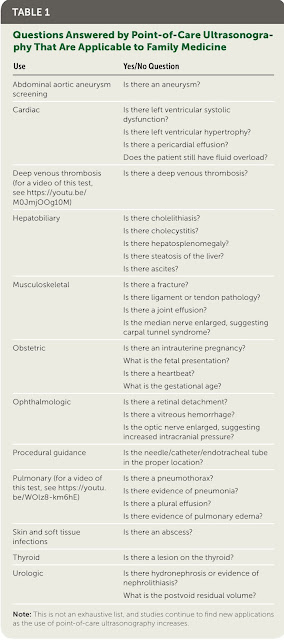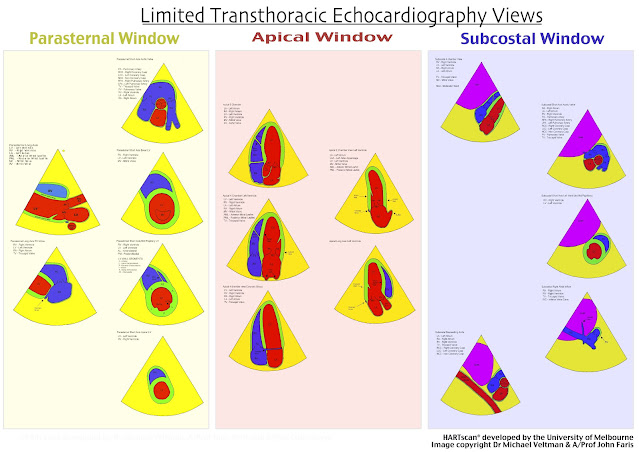La legendaria película “Lo que el viento se llevó” cambió la historia del cine por muchos motivos. Además de conseguir un éxito comercial y de crítica sin precedentes, impulsó la tecnología del Technicolor y consiguió un impacto social y cultural que acercó los personajes y cuestiones vitales de la novela de Margaret Mitchel a los hogares de muchas familias. Nos muestra como una guerra puede cambiar radicalmente las circunstancias de toda una colectividad obligándonos a contactar tanto con el heroísmo como con la miseria que cada cual alberga. Para los que trabajamos en el mundo de la salud hay acontecimientos como las catástrofes, epidemias y pandemias que se parecen a una guerra. Y que se llevan partes de nosotros y de nuestras organizaciones. Aunque lo peor, con diferencia, es ser testigo de como la estulticia humana es mucho más destructiva. Y no hay que poner el foco en Ucrania o Palestina, que también, basta mirar cómo vota el personal (o se abstiene), o cómo los responsables políticos se dedican al espectáculo en vez de a implementar propuestas inteligentes.
Les comparto un caso clínico reciente:
Paciente varón de 26 años que acude a una urgencia hospitalaria de Madrid por dolor de rodilla desde ayer tras realizar un mal giro jugando al fútbol. Acude caminando.
Pruebas de Imagen: radiología sin hallazgos de interés, impresiona de edema.
JUICIO DIAGNÓSTICO
Sospecha de lesión meniscal en rodilla izquierda
TRATAMIENTO
- Observación domiciliaria
- Reposo relativo. Evitar sobreesfuerzos.
- Rodillera elástica que retirará para dormir
- Frío local, miembro en alto
- Cito en consulta de Traumatología con radiografía de rodillas en carga y Resonancia de rodilla preferentes.
- Si dolor tomará ibuprofeno 600 mg un comprimido cada 8 h máximo 5 días.
¿Creen ustedes que yo como médico de familia puedo competir con el servicio de urgencia del hospital que ofrece inmediatez 24 horas, 7 días a la semana y pruebas diagnósticas y consultas hospitalarias express?
Y en mi caso tengo huecos de cita en 24horas y tablas para enfrentarme a casos como este…
Pues ni aún así.
No tenemos más remedio que reconocer que el viento pandémico se ha llevado por delante la Atención Primaria, en unos sitios por inanición, en otros por quemaduras de cuarto grado, en otros por gestión defectuosa y en alguno por un combinado de todo lo anterior.
Pese a todo hay heroicas aldeas galas que resisten. Sin ir más lejos esta mañana en mi centro de salud hemos tenido hoy la primera reunión en la historia del mismo con las farmacéuticas de las farmacias comunitarias de la localidad. He diagnosticado una hipertrofia prostática por ecografía y me he atrevido a hacer uno de mis primeros ecocardios. Sé que ninguna de estas pequeñas cosas alterará un ápice el curso de la historia, pero las seguiremos haciendo mientras podamos. Mientras nos deje el viento, que cada vez sopla más fuerte.
Gone with the Pandemic
The legendary film “Gone with the Wind” changed the history of cinema for many reasons. Besides achieving unprecedented commercial and critical success, it propelled Technicolor technology and had a social and cultural impact that brought the characters and vital issues of Margaret Mitchell's novel into many households. It shows us how a war can radically change the circumstances of an entire community, forcing us to confront both the heroism and the misery within each person. For those of us working in healthcare, events like disasters, epidemics, and pandemics resemble a war. They take parts of us and our organisations. However, the worst part, by far, is witnessing how human folly is far more destructive. And we don't need to focus on Ukraine or Palestine, though those too, just look at how people vote (or abstain), or how political leaders engage in spectacle instead of implementing intelligent proposals.
I share with you a recent clinical case:
A 26-year-old male patient presents to an emergency department in Madrid with knee pain since yesterday after a bad turn while playing football. He comes in walking.
**Imaging Tests**: Radiology without significant findings, appears to show oedema.
**DIAGNOSTIC IMPRESSION**
Suspected meniscal injury in the left knee
**TREATMENT**
- Home observation
- Relative rest. Avoid overexertion.
- Elastic knee brace to be removed for sleeping
- Local cold, limb elevated
- Urgent appointment in the Traumatology department with weight-bearing knee X-ray and preferred MRI of the knee.
- If in pain, take 600 mg ibuprofen, one tablet every 8 hours, maximum for 5 days.
Do you think I, as a family doctor, can compete with the hospital emergency service that offers immediacy 24 hours a day, 7 days a week, with express diagnostic tests and consultations?
In my case, I have appointment slots within 24 hours and experience in handling such cases...
But not even then.
We have no choice but to acknowledge that the pandemic wind has swept away Primary Care, in some places due to starvation, in others due to fourth-degree burns, in others due to defective management, and in some due to a combination of all the above.
Even so, there are heroic Gaulish villages that resist. Just this morning at my health centre, we had the first-ever meeting with the pharmacists from the local community pharmacies. I diagnosed benign prostatic hyperplasia using ultrasound and dared to perform one of my first echocardiograms. I know none of these small things will alter the course of history one bit, but we will continue doing them as long as we can. As long as the wind allows, which blows ever stronger.
大流行带走了什么
传奇电影《乱世佳人》因多种原因改变了电影史。除了获得前所未有的商业和评论成功外,它还推动了Technicolor技术的发展,并在社会和文化上产生了巨大影响,将玛格丽特·米切尔小说中的人物和重要问题带入了许多家庭。影片展示了一场战争如何彻底改变整个社会的环境,迫使我们接触到每个人心中的英雄主义和悲惨。对于我们在卫生领域工作的人来说,灾难、流行病和大流行病等事件类似于战争。它们带走了我们和我们的组织的一部分。而最糟糕的是,亲眼目睹人类愚蠢的破坏力远远超过这一切。我们不必把焦点放在乌克兰或巴勒斯坦,虽然它们也是例子,只需看看人们如何投票(或不投票),或政治负责人如何忙于表演而不是实施聪明的建议。
我与大家分享一个近期的临床案例:
26岁男性患者,因昨日踢足球时不慎扭伤膝盖后感到疼痛,前往马德里的一家急诊室就诊。患者步行前来。
影像检查:X光未见显著异常,怀疑有水肿。
诊断意见:
怀疑左膝半月板损伤
治疗方案:
- 居家观察
- 相对静养,避免过度用力
- 使用弹性护膝,睡觉时取下
- 局部冷敷,抬高患肢
- 预约创伤科门诊,进行负重膝关节X光和优先膝关节MRI检查
- 若有疼痛,服用布洛芬600毫克,每8小时一片,最多服用5天
你们认为我作为一名家庭医生能与提供24小时紧急服务、快速诊断和医院门诊的急诊室竞争吗?
即便我能在24小时内安排预约,并有应对这种病例的经验…
但仍然不行。
我们不得不承认,大流行之风已经摧毁了初级保健,有的地方因资源匮乏,有的因严重消耗,有的因管理不善,还有的因上述原因的综合作用。
尽管如此,仍有一些英雄般的村庄在坚守。不用说,就在今天早上,我所在的卫生中心历史上首次与当地社区药房的药剂师举行了会议。我通过超声诊断出一例前列腺肥大,并尝试进行了我首例之一的超声心动图。我知道这些小事不会改变历史的进程,但只要还能做,我们会继续做下去。只要风仍允许,虽然它越来越猛烈。









